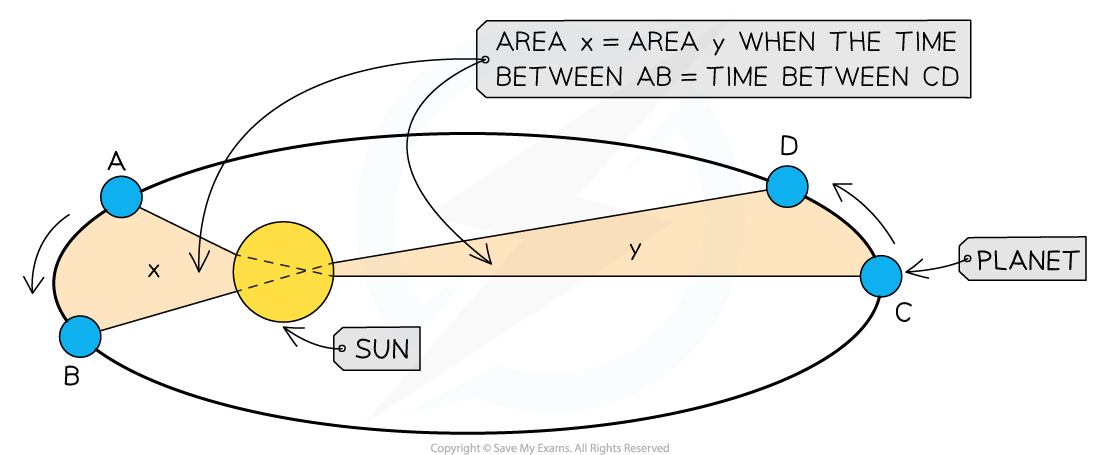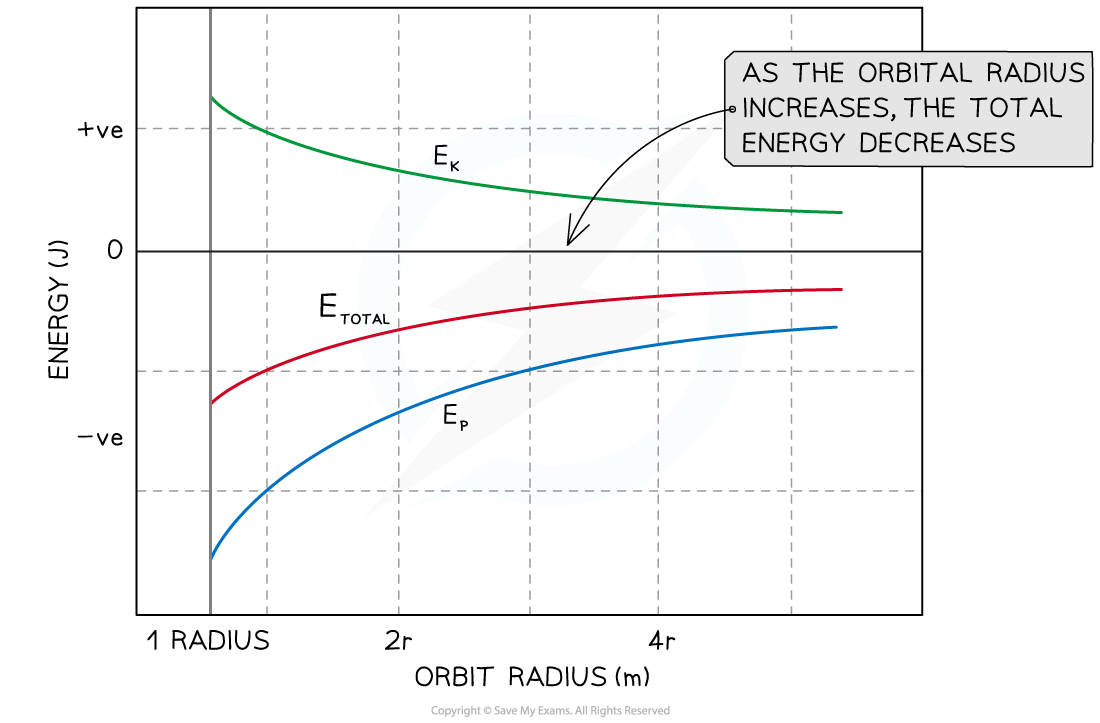D1 Gravitational fields
1/15
Earn XP
Description and Tags
grav fields
Name | Mastery | Learn | Test | Matching | Spaced |
|---|
No study sessions yet.
16 Terms
D1.1 Newton’s law of gravitation
Gravitational force between 2 bodies outside a uniform field; earth-sun → The gravitational force between two point masses is ∝ to m1m2 and inversely ∝ to the square of their separation (r2)
F = GM(1)m2/r2 = force felt by either body.
G = Newtons Gravitational Constant: 6.67×10-11 Nkg-2m2
r = distance centre mass 1 mass 2
D1.2 Gravitational Field Strength
Force due to gravity = weight
Gravitational field: region of space where test mass experiences force due to grav. attraction of another mass.
ALWAYS ATTRACTIVE!!!
grav field strength = force per unit mass experienced by test mass at that point → g = F/m2 = GM(1)/r2
M causes grav field, all bodies at same r2 receive same grav field stren
D1.3 Uniform sphere → point mass
Uniform sphere; point mass → uniform distribution of mass (density)
→ field lines are uniform around sphere and thus around point mass
D1.4 Field lines
Directed towards centre of mass. Size of field proportional to line density. Direction shows acceleration of acceleration of point mass put into the field.
Point mass: radially inwards: non uniform field; line density ∝ field
Earth’s surface (straight and faaar): par. lines spaced equ:uniform field
D1.5 Grav Potential
V = W done per unit mass in bringing test mass from ∞ to defined point
J kg-1. ALWAYS negative: attractive force. at ∞, V = 0, so work must be done to reach infinity, and work is “released” when “falling” to defined point. As object moves away from “planet” - less increases.
Vg = - GM/r
r = distance centre of mass to point mass.
SCALAR
In uniform field: ΔV = g Δh
D1.6 Grav Pot Energy
In non-uniform field (g depends on r)
GPE - energy objects possesses due to position in field
→ Work done in bringing mass from ∞ to point
Near earth surface: uniform field: Ep = mgΔh: work done to lift object
non unif. field: ΔGPE = W = mΔVg (m=of small object)
Change in ΔEp = W = GMm (1/r1 - 1/r2)
Ep = -GMm/r = -Fr (as we known, as work done = Fr)
Graph F - r : area = work done
D1.7 Grav Pot gradient
g at a particular point = -(gradient of a V-r graph at that point)
g = - ΔVg/Δr (g = positive…)
D1.8 Grav Equipotential surfaces
Equipotential lines: like wavefronts; perpendicular to field lines
All points on one line have same grav potential.
Dotted lines, no arrows
Uniform field = uniform ditance
No work is done when moving along an equipotential line/surface ( eg. earths surface)
ΔV = 0.
D1.9 Keplers 1st law of planetary motion
SHAPE 1st law: orbit of a planet is an ellipse and sun is at one of the 2 foci (focus is at point where red distance is constant throughout ellipse.)

D1.10 Keplers 2nd law
MOTION 2nd law: all line segments joining sun to planet sweep equal area in equal time intervals.
Shows that planets move faster near sun and slower further away from it.

D1.11 Kepler’s 3rd law
3rd law: For planets/satelites in circular orbit about same body; Time period2 ∝ radius of orbit3
2 log T ∝ 3 log r
D1.12 Time period and orbital radius relation
v = 2πr/T
v2 = (2πr/T)2 = GM/r (centripetal force)
→ T2 = (4π2r3)/GM
D1.13 Escape speed
Minimum v alowin object to escape grav. field with no other E input
Same for all masses in same grav. field.
½ vesc2 = GM/r (Ek = energy/m needed to overcome grav potential energy up to infinity = -Ep)
vesc = √ (2GM/r)
Rockets launched from earth surface dont need to achieve escape v to reach orbit around earth; continuously fueled, not whole field is escaped, only to get to its orbit (centripetal force keeps it spinning)
D1.14 Orbital speed
Most planets/satelites have near circular orbits; Fg → Fcentripetal
Both Fg & Fc are perp to direction of travel.
Fg = Fcirc
GMm/r2 = mv2/r
vorb = √ (GM/r) ——no matter mass of plan/sat, same vorb
r = centre of M to satellite.
D1.15 Orbital Energy
ET = Ek + Ep
Ep = -2Ep
ET = -Ek = Ep/2

D1.16 Drag in orbital motion
In low orbits (<600km), satelites may experience viscous drag (air
very small, but over time has signif. on height and speed of orbit
get closer to earth until hits it (radius decreases, v increases)
Ek → Q (friction air particles and surface of satellite.